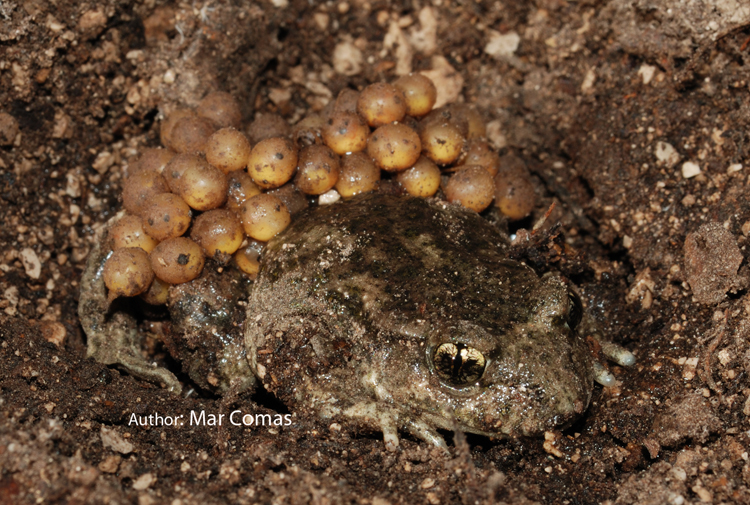Current climate warming has already contributed to local extinctions. Amphibians are one of the most sensitive animal groups to climate change, currently undergoing a global decline. Predictive models for Europe and Iberian Peninsula forecast that the future impact of climate change on amphibians will depend on their capacity to alter their distributions by tracking climate warming. In the present study, the responses of Iberian amphibian species to recent climate change are explored by comparing amphibian distributions between two time periods (1901–1990 vs. 2000–2015). Findings suggest that, although climatic conditions have changed between the two periods, Iberian amphibians have barely shifted their distribution ranges northwards, with the exception of the southernmost species Alytes dickhilleni. However, most Iberian amphibians appear to have moved their elevational limits upwards in mountains. Approximately half of the species showed different occupied niches between the two time periods, suggesting that many Iberian amphibians have not been able to reach all the new location with optimal climatic conditions for them. Furthermore, disappearing cold climatic conditions (e.g. those found at mountain tops) limit the potential distribution of cold-adapted species, including European widespread species with their southern margin in the Iberian Peninsula, and endemic species. The combination of a limited ability to shift their ranges and profound climatic changes could pose a challenge to the long-term persistence of Iberian amphibian populations. informacion[at]ebd.csic.es: Enriquez-Urzelai et al (2019) Are amphibians tracking their climatic niches in response to climate warming? A test with Iberian amphibians. Clim Chang DOI: 10.1007/s10584-019- 02422-9
https://link.springer.com/article/10.1007%2Fs10584-019-02422-9








 Las altas temperaturas están provocando que las lagunas y las marismas de Doñana pierdan agua rápidamente
Las altas temperaturas están provocando que las lagunas y las marismas de Doñana pierdan agua rápidamente



